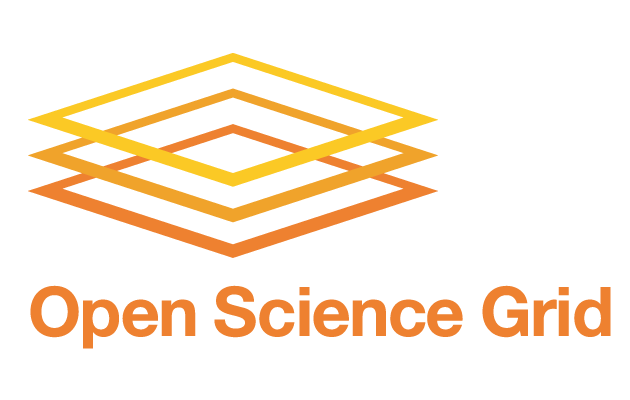Overview
 The Open Science Grid (OSG) makes innovative science possible by bringing multidisciplinary collaborations together with the latest advances in distributed computing technologies. The OSG allows scientists to expedite research more collaboratively and efficiently, and to bring together data, tools, and ideas to address problems in new ways. The OSG, built by research groups from universities and national laboratories in the United States, includes over 20 member organizations representing more than 50 institutions and hundreds of researchers that contribute to the OSG and benefit from access to shared resources globally. The OSG contains over 25,000 CPUs and many terabytes of data storage.
The Open Science Grid (OSG) makes innovative science possible by bringing multidisciplinary collaborations together with the latest advances in distributed computing technologies. The OSG allows scientists to expedite research more collaboratively and efficiently, and to bring together data, tools, and ideas to address problems in new ways. The OSG, built by research groups from universities and national laboratories in the United States, includes over 20 member organizations representing more than 50 institutions and hundreds of researchers that contribute to the OSG and benefit from access to shared resources globally. The OSG contains over 25,000 CPUs and many terabytes of data storage.
The OSG, a $30 million national cyberinfrastructure project, is expanding its computing environments to harness computing resources and scientific data from around the world. The OSG will be implemented to provide data and compute infrastructure required by worldwide collaborations in high energy physics for the Large Hadron Collider at the European Organization for Nuclear Research (CERN) located near Geneva, Switzerland. The Collider is a particle accelerator used by physicists to study the smallest known particles, which are the fundamental building blocks of all things.
RENCI’s Role
As the OSG Engagement Coordinator, RENCI’s main role was to recruit scientists, faculty, and researchers from many disciplines and guide these new users to integrate new applications into the OSG framework and develop a growing population of researchers and educators proficient in cyberinfrastructure. RENCI administered the OSG Engagement Program, which provided support to universities organizing local campus cyberinfrastructure connected to national systems.
Funding
Project Team
- John McGee (Principal Investigator)
- Leesa Brieger
- Anirban Mandal

